Advertisement ・ Go Ad Free
Latest Articles
Advertisement ・ Go Ad Free

Flagship power, secure platform
by Ron Burke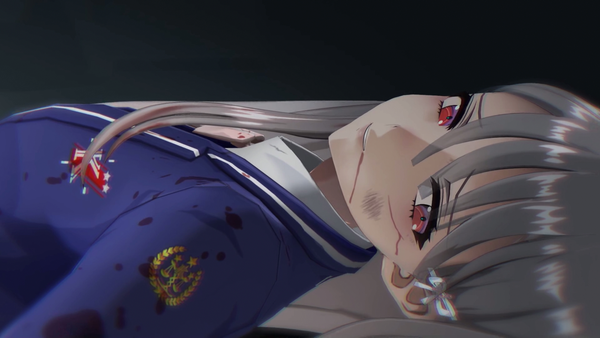
Heartbreaking, FuRyu slop enjoyer did not enjoy FuRyu game
by Martin Du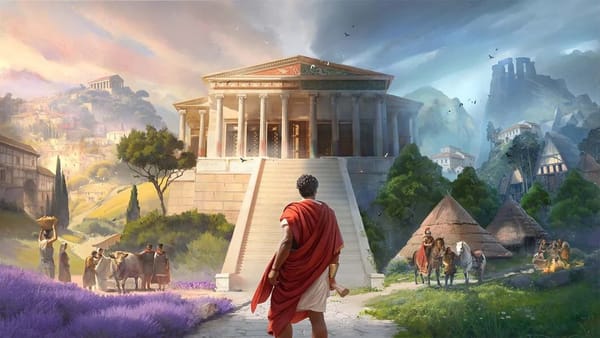
Virtus ad populum
by Ron Burke
Kevin Drew and crew return to the stage
by David Burdette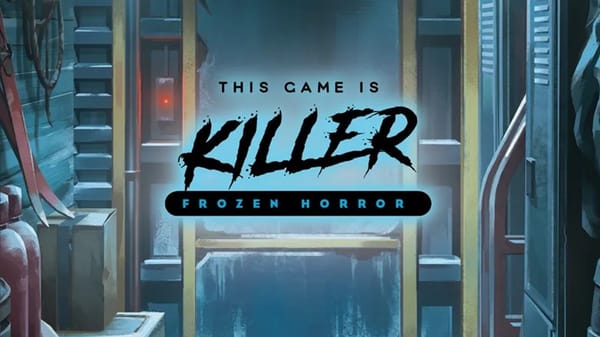
You’re trapped in an arctic outpost, and you have to survive against the scariest monster of all, your friends.
by Chris Wyman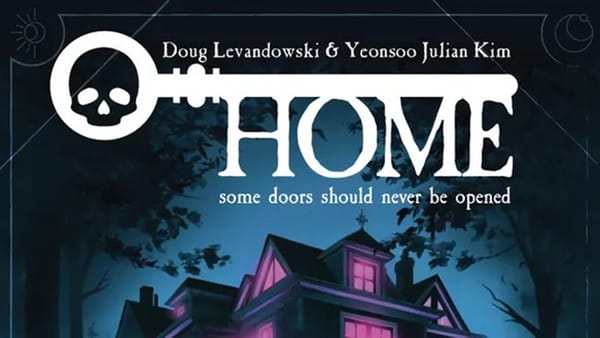
This box has everything you need to explore a house full of scary stories, ghastly deeds, and whatever else your RPG group can imagine.
by Chris Wyman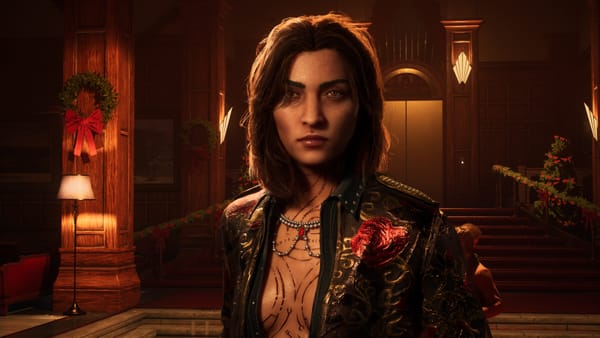
The steam rises from the dark underbelly of Seattle’s streets, where neon lights flicker like the last breaths of a dying world. In these streets lies a hidden society, deeply rooted in tradition, politics, and an ever-shifting cost to power. Few games carry the weight of expectation like Vampire:
by Ron Burke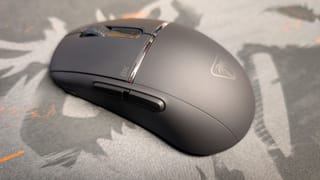
8K polling rate improves an already great mouse
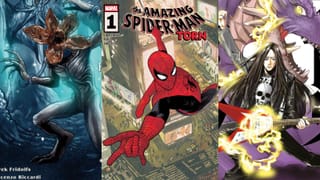
From the return to Hawkins to the return of The Amazing Spider-Man, all the way to far off lands; GamingTrend has you covered!
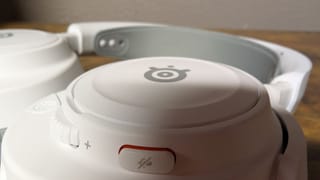
Perfect for gaming and lifestyle

Learn to paint Marvel’s Dracula with this handy guide

Battlefield is back in a big way!

More details revealed about the game's economic engine.
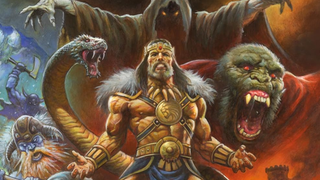
Journey through the incredible life of the legendary barbarian

Flagship power, secure platform
by Ron Burke
Heartbreaking, FuRyu slop enjoyer did not enjoy FuRyu game
by Martin Du
Virtus ad populum
by Ron Burke
Kevin Drew and crew return to the stage
by David Burdette
You’re trapped in an arctic outpost, and you have to survive against the scariest monster of all, your friends.
by Chris Wyman
This box has everything you need to explore a house full of scary stories, ghastly deeds, and whatever else your RPG group can imagine.
by Chris Wyman
The steam rises from the dark underbelly of Seattle’s streets, where neon lights flicker like the last breaths of a dying world. In these streets lies a hidden society, deeply rooted in tradition, politics, and an ever-shifting cost to power. Few games carry the weight of expectation like Vampire:
by Ron Burke